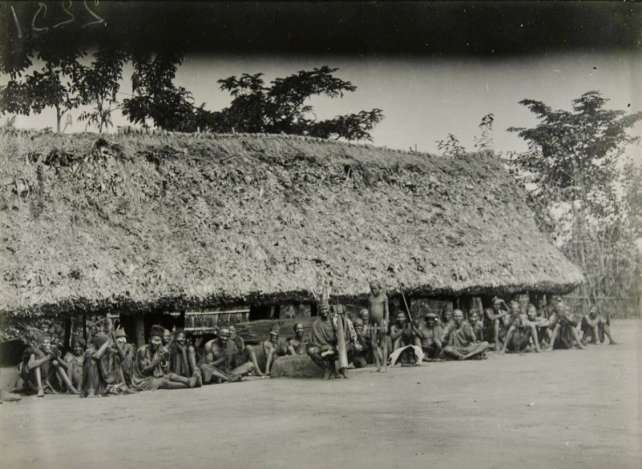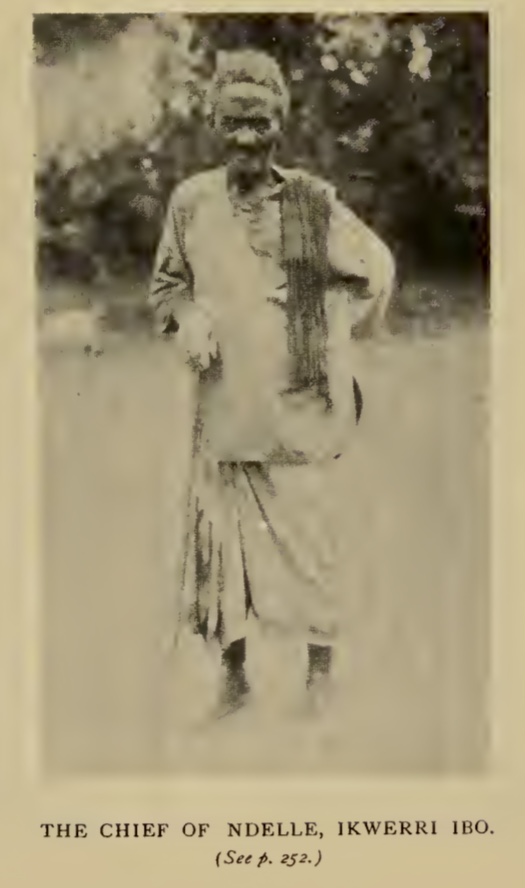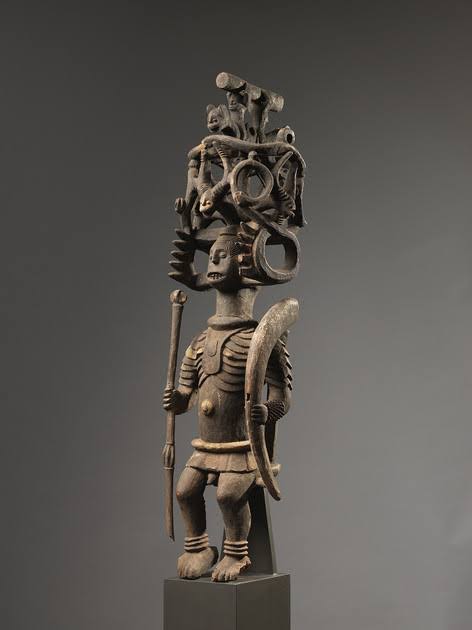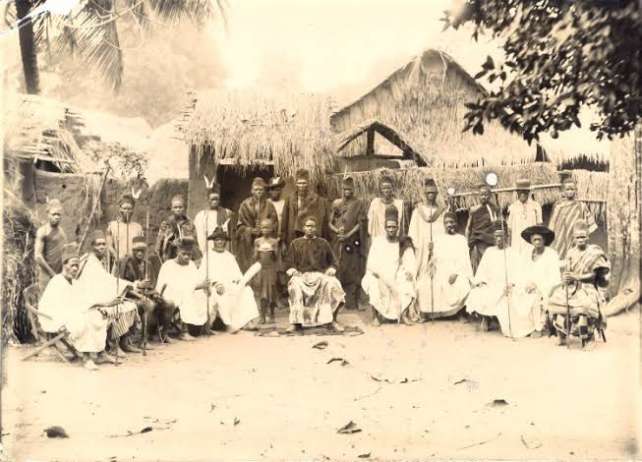"King of Ndri & his people. Clapping of hands." Agukwu Nri, c. 1911. MAA Cambridge.
"In his own house, or in the town of Aguku, a large single bell is used and, when the Eze-Nri strikes this, all the people present clap their hands." Northcote Thomas, 1913.
The oldest kingdom in Nigeria is widely believed to be…






